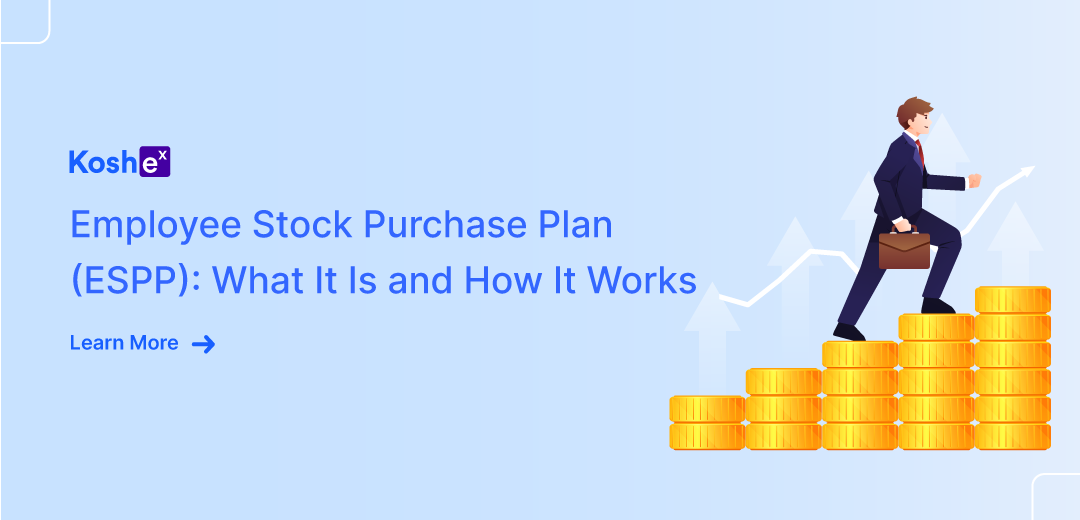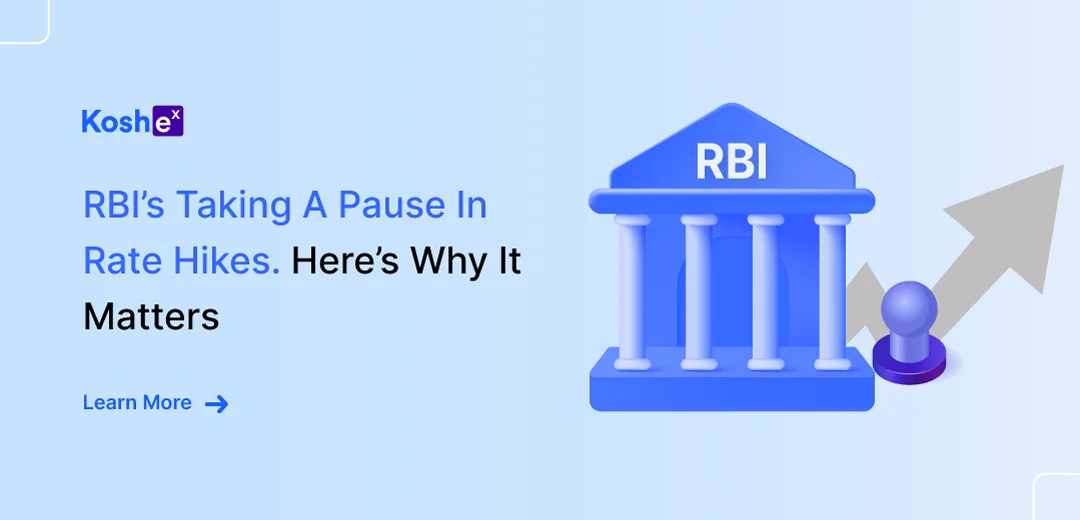An ESPP could be easy to overlook, especially if it is a benefit you have never encountered before. If your employer offers an ESPP, it may be worth your time to learn about the plan’s details. In this blog, we are breaking down what ESPP is, how it works and its benefits.
What Is An Employee Stock Purchase Plan (ESPP)?
ESPP stands for employee stock purchase plan. It is a plan that allows participating employees to purchase their company’s stock at a discounted price. instead of directly purchasing their company’s stock, participating employees contribute to their plan through automatic payroll deduction.
How Does An ESPP Work?
Here is a detailed look at how an ESPP works.
Enrollment Period –
This is the period of time when you can choose to either enrol or deny entry into the purchase plan. Enrollment might be automatic for new hires after a certain period, or you may need to actively choose to participate.
Payroll Deductions –
Once enrolled, employees choose a percentage of their salary to be deducted from each paycheck. These deductions will be used to purchase company stock.
Purchase Periods –
ESPPs operate on specific purchase periods, usually ranging from 6 to 12 months. At the end of each period, the accumulated funds are used to buy company stock at a discounted price.
Discounted Purchase Price –
The discount of the stock is often between 5% and 15% off the market price.
Offering Date –
The offering date is the period when payroll deductions begin.
Offering Period –
The offering period is an extension of the offering date. The extension can be as long as a maximum of 27 months.
Holding and Selling –
After purchase, employees can choose to hold onto their stock or sell it. Some plans have holding requirements to benefit from tax advantages.
Qualified Plans vs. Non-Qualified Plans
Usually, organisations offer two forms of ESPP. They are qualified and non-qualified plans.
Qualified plans – For an organisation-run qualified plan to be implemented, they must receive the approval of shareholders. All qualified plan participants have equal rights, there must be restrictions on the maximum discount offered, and the offering period cannot surpass three years.
Non-qualified plans – These plans are not subject to as many limitations as qualified plans. However, non-qualified plans have less desirable tax implications compared to qualified plans.
What Are The Benefits Of ESPP?
Here are a few advantages of ESPP.
Discounted stock prices – The most important benefit of an ESPP is the opportunity to buy stock at a discount. This can lead to major financial gains if the company performs well.
Ownership stake – Owning shares in the company can increase your engagement and alignment with company goals. It is a tangible way to benefit from the company’s success.
Employee loyalty – Companies that offer ESPPs often see increased employee loyalty and satisfaction. The reason behind this is that employees feel more connected to the company’s success.
What Is The Eligibility To Join The ESPP?
Below are some of the eligibility criteria that employees should meet if they wish to join the ESPP.
- Employees must be employed with the company for a specific period of time (e.g. 1 to 2 years).
- Employees cannot participate in an ESPP if they own more than 5% of the company’s stock.
- Eligibility often ties into specific enrollment periods. Employees might only be able to join the ESPP during certain times of the year or during designated open enrollment periods.
- Participants who meet requirements cannot be disallowed plan involvement.
What Should You Consider Before Joining An ESPP?
Risk – Investing in your company’s stock means your financial well-being is tied to the company’s performance. It is important to diversify to manage investment risk.
Plan rules – Each ESPP has its own set of rules and conditions. Hence, it is important to understand your plan’s specifications, including enrolment periods, purchase discounts, and tax implications.
Tax implications – Learn how ESPP gains are taxed in your country. In some cases, you may have to pay taxes when you sell the stock, depending on the holding period and other factors.
In Conclusion…
An Employee Stock Purchase Plan (ESPP) provides a great opportunity to buy company stock at a discount. This can potentially boost your financial portfolio if the company performs well in the future. By understanding how ESPP works and learning the benefits and risks, you can make informed decisions that support your financial goals and contribute to your company’s growth.









Leave a Comment